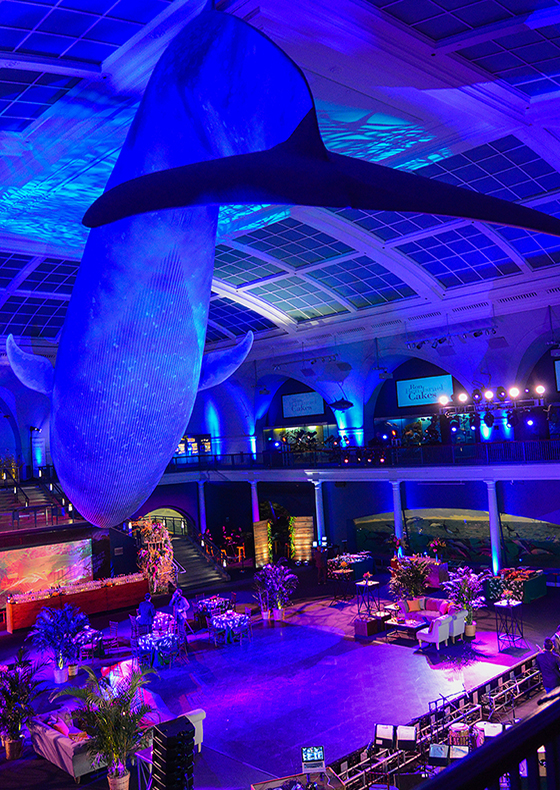Synchronizing Audio and Light to Elevate the Influence of NYC Productions
Wiki Article
In NYC, productions like theatrical performances, musical events, and other live spectacles create a vibrant artistic scene that attracts millions of audiences. One critical aspect of delivering these events unforgettable is the meticulous combination of sound and lighting. This fusion not only enriches the audience's experience but also aids communicate emotions and intentions that the artists wish to express. Grasping how sound and light interact can significantly boost the effectiveness of any production.

Audio plays a vital role in setting the tone for any event. It includes melody, dialogue, audio cues, and ambient noises that establish an auditory space for the viewers. Proper sound design ensures that each element is clear and well-mixed. For instance, in a musical theater performance, the singers' voices must be projected distinctly over the musical arrangement. This balance allows the spectators to connect with the story being told while fully experiencing the musical score. Effective application of audio can elicit feelings of joy, melancholy, or tension, shaping the audience's reactions throughout the show.
Light also plays a vital part in theatrical performances. Lighting design assists in this website create mood and focus emphasis on specific sections of the set. Different illumination methods can transform the perception of depth and time within a scene. For example, bright lights can energize a scene, while dim lights can foster closeness or mystery. By using color and brightness in illumination, designers can also amplify the emotional tone of each moment. When paired with audio, lighting brings depth and texture to storytelling, making it more captivating for viewers.
The coordination between sound and light specialists is essential for delivering a seamless production. These professionals must coordinate effectively to guarantee that their elements complement one another. For instance, if a moment requires a dramatic reveal, both audio cues and light triggers need to be precisely synchronized. This synchronization produces a striking moment that useful content grabs the audience's attention. The collaboration between these two departments underscores the necessity of teamwork in creating impactful performances that resonate with viewers.
In conclusion, blending audio and lighting is key for enhancing the effectiveness of live shows in NYC. Combined, they craft an engaging environment that mesmerizes audiences and deepens storytelling. As technology continues to advance, sound and lighting designers will have even more tools at their disposal to produce cutting-edge experiences. Appreciating this fusion not only enriches performances but also demonstrates the creativity behind producing stage experiences. By appreciating how these elements work together, spectators can develop a greater insight of what goes into crafting lasting stage performances.